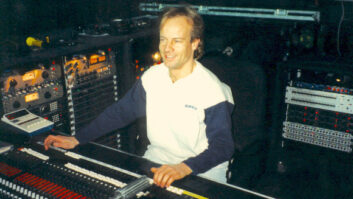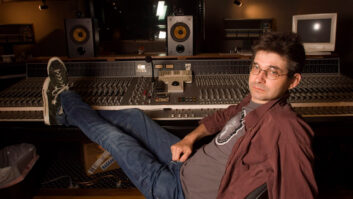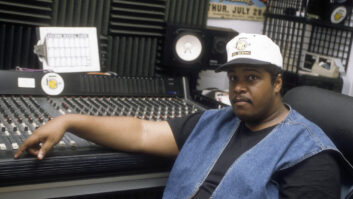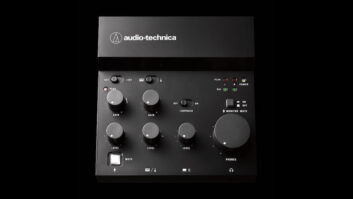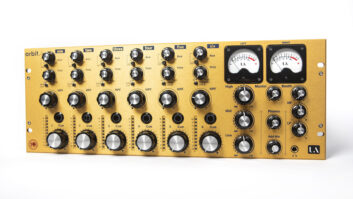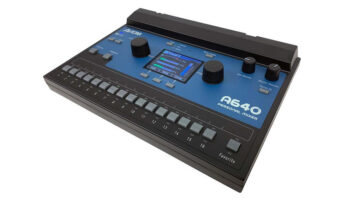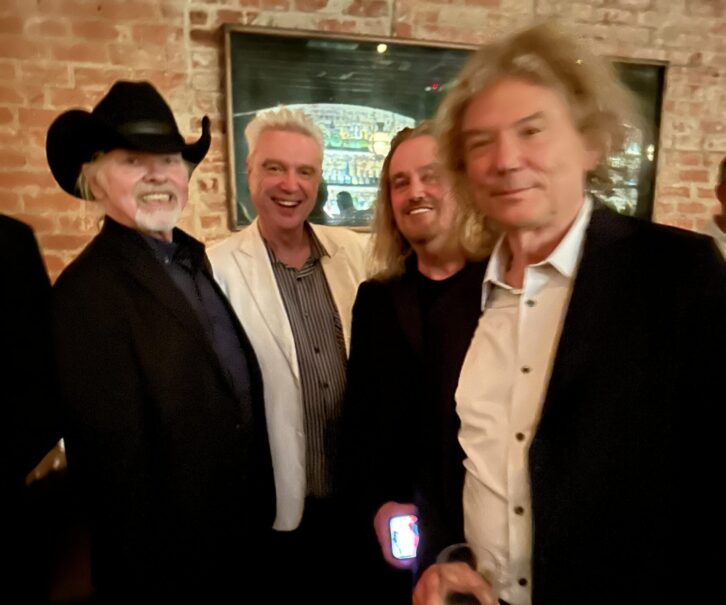
Los Angeles, Calif. (May 15, 2024)—Engineer, producer and mixer Eric “ET” Thorngren’s long and storied career began at the dawn of hip-hip, working at Sugar Hill Records and capturing the first record scratching to be heard by a wide audience. He went on to work with a long list of artists, most notably Talking Heads, later collaborating with band member Jerry Harrison to remix their catalog into 5.1 and, more recently, Dolby Atmos. He died on May 6.
Thorngren’s passing was reported by his wife, Monique, on social media:
“It is with the deepest sadness that I announce the passing of my beloved husband of 39 years Eric ET Thorngren. I know many of you have been a part of his life and wish you to know that Eric deeply cherished his friends. Many of you also know how incredibly talented and brilliant he was as a recording engineer and mixer, and many of you have worked with him over his long career in music. Talent aside, ultimately it was Eric the kindest soul and wild man who really captured our hearts. Please know that your comments are all being read and appreciated by me, our son Ryan, and the rest of our family at this shocking time.”
Thorngren switched to engineering after an early start as a musician in Utica, N.Y., where he was born and raised. His first band, Eric and the Chessmen, toured the region and released one single, “You Don’t Want My Loving,” penned by band leader Thorngren, in 1966. In 1972 he co-founded Bulldog with Young Rascals alumni Gene Cornish and Dino Danelli, recording two albums before the band broke up.
His experiences in the recording studio convinced Thorngren to switch careers and take up engineering. In the early 1980s he landed at All Platinum Records in New Jersey, arriving just as the studio, which was in the process of changing its name to Sugar Hill Records, was sinking the proceeds from Sugarhill Gang’s hip-hop milestone, “Rapper’s Delight,” into a new room, which he helped wire.
One of his first jobs was capturing “The Adventures of Grandmaster Flash on the Wheels of Steel,” a live, one-take mix by DJ Flash of records by Chic, Blondie, Queen, the Sugarhill Gang and others on multiple turntables. Released in 1981, it is believed to be the first example of the new technique of record scratching—not to mention cutting and back-spinning—committed to vinyl.
Thorngren’s career took off, his credits eventually growing to include Robert Palmer, Eurythmics, Violent Femmes, Grace Jones, Squeeze, Chris Difford and Glenn Tilbrook, Public Image Ltd., Debbie Harry, Cyndi Lauper, Lou Gramm, David Cassidy, Wet Wet Wet, Kenny Wayne Shepherd and many others.
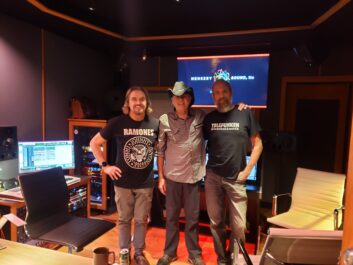
A meeting with Island Records label boss Chris Blackwell led to Thorngren compiling and mixing the tracks for Legend (The Best of Bob Marley & the Wailers), released in 1984. While working on the record at Compass Point Studios in the Bahamas he ran into Chris Frantz and Tina Weymouth of Talking Heads, and they in turn asked him to do a new mix of the band’s Stop Making Sense film soundtrack. He continued working with the band, engineering and mixing 1985’s Little Creatures and, a year later, True Stories.
More recently, Thorngren and Harrison, who were at the forefront of mixing music for 5.1 with their remixes of Talking Heads’ eight studio albums for DVD-A, worked at Henszey Sound in Los Angeles to again remix the Talking Heads catalog, this time for Dolby Atmos release. They also remixed the Stop Making Sense soundtrack, which Thorgren originally engineered, into Atmos for the 40th anniversary re-release of the Jonathan Demme-directed film on disc and in theaters, in late 2023.
When the team first started working at Henszey Sound, one of the first Dolby Atmos music rooms built in L.A., owner Dave Henszey persuaded Thorngren to remove his trademark cowboy hat. How else was ET going to properly hear the immersive soundfield, he pointed out. Needing somewhere to put the hat, Henszey constructed a special hook on the wall for the engineer. That hook will forever remain empty, Henszey now says: “It will always be ET’s hat hook.”
